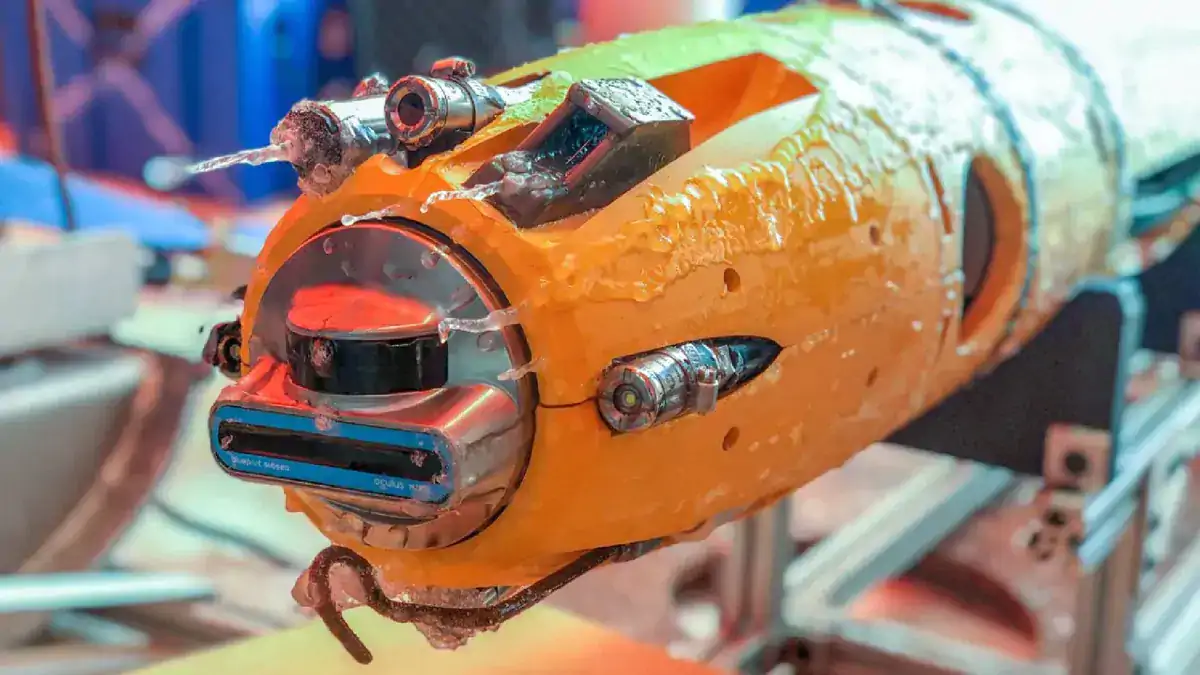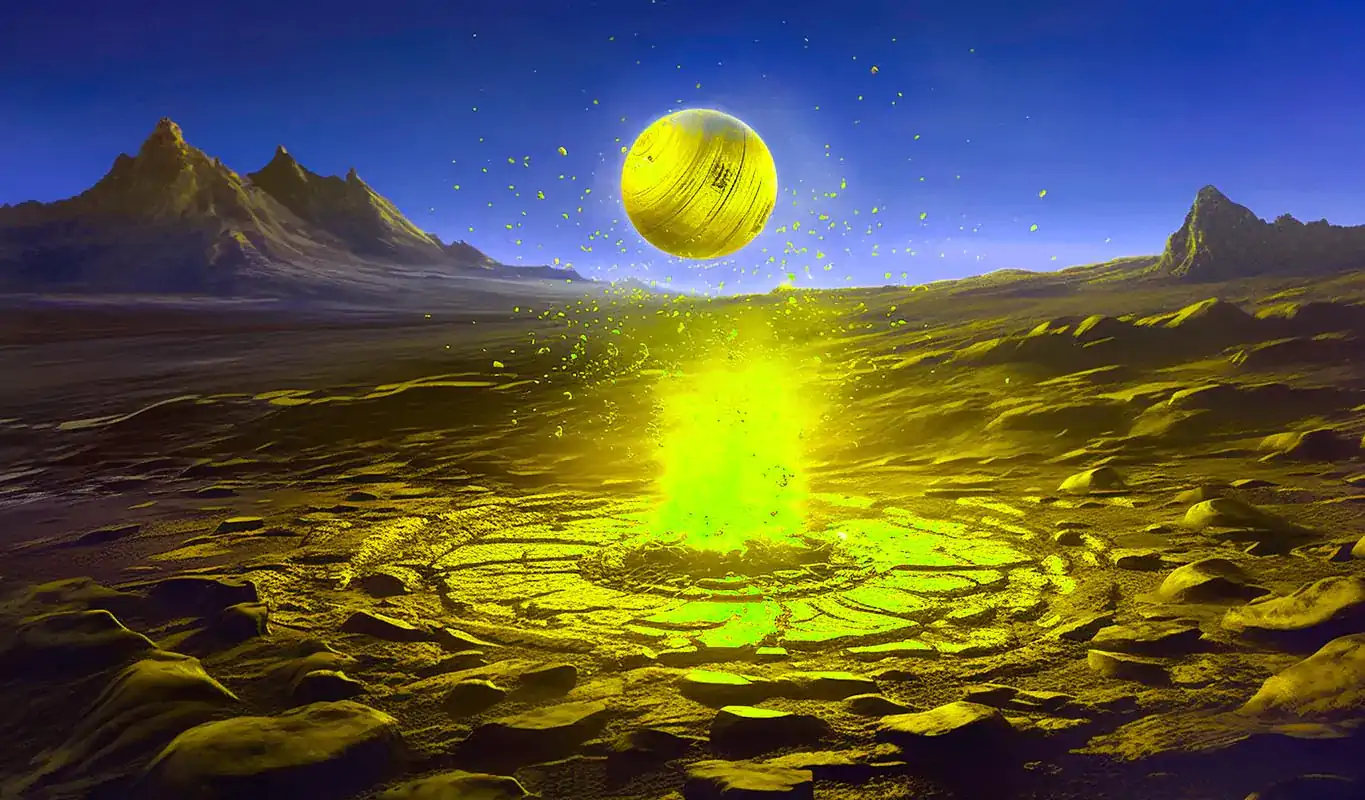A U.S.-New Zealand research team was able to witness evidence of “ice pumping” in the Antarctic ice shelf– a process never before directly observed in an ice shelf crevasse, at a distance of nearly 1,900 feet near where the surface of the Ross Ice Shelf meets Kamb Ice Stream.
This is according to a press release by Cornell published on Thursday.
“We were looking at ice that had just melted less than 100 feet below, flowed up into the crevasse and then refrozen,” said Justin Lawrence, visiting scholar at the Cornell Center for Astrophysics and Planetary Science in the College of Arts and Sciences (A&S).
“And then it just got weirder as we went higher up.”
The robot that made all this possible is called the Icefin robot, and it is expected to improve models of sea-level rise by providing the first high-resolution views of ice, ocean, and sea floor interactions at contrasting glacier systems on the West Antarctic Ice Sheet.
More specifically, it will explore the Thwaites and the Kamb Ice Stream regions.
A complex system
“Antarctica is a complex system, and it’s important to understand both ends of the spectrum – systems already undergoing rapid change as well as those quieter systems where future change poses a risk,” Britney Schmidt, associate professor of astronomy and earth and atmospheric sciences in A&S and Cornell Engineering said.
“Observing Kamb and Thwaites together helps us learn more.”
NASA has funded the project as marine ice like that found in the crevasse may be an analog for conditions on Jupiter’s icy moon Europa, the target of the agency’s Europa Clipper orbital mission slated for launch in 2024.
So far, Icefin has mapped five crevasses and parallel sets of ridges on the sea floor that the researchers believe are impressions left behind by ice shelf crevasses – and a record of 150 years of activity since the Kamb stream stagnated.
“We can look at those sea floor features and directly connect them to what we saw on the ice base,” said in the statement Lawrence, the paper’s lead author, now a program manager and planetary scientist at Honeybee Robotics. “We can, in a way, rewind the process.”
NASA supported the research through the Planetary Science and Technology from Analog Research program’s Project RISE UP (Ross Ice Shelf and Europa Underwater Probe), and the Future Investigators in NASA Earth and Space Science and Technology program.




 BlocksInform
BlocksInform










